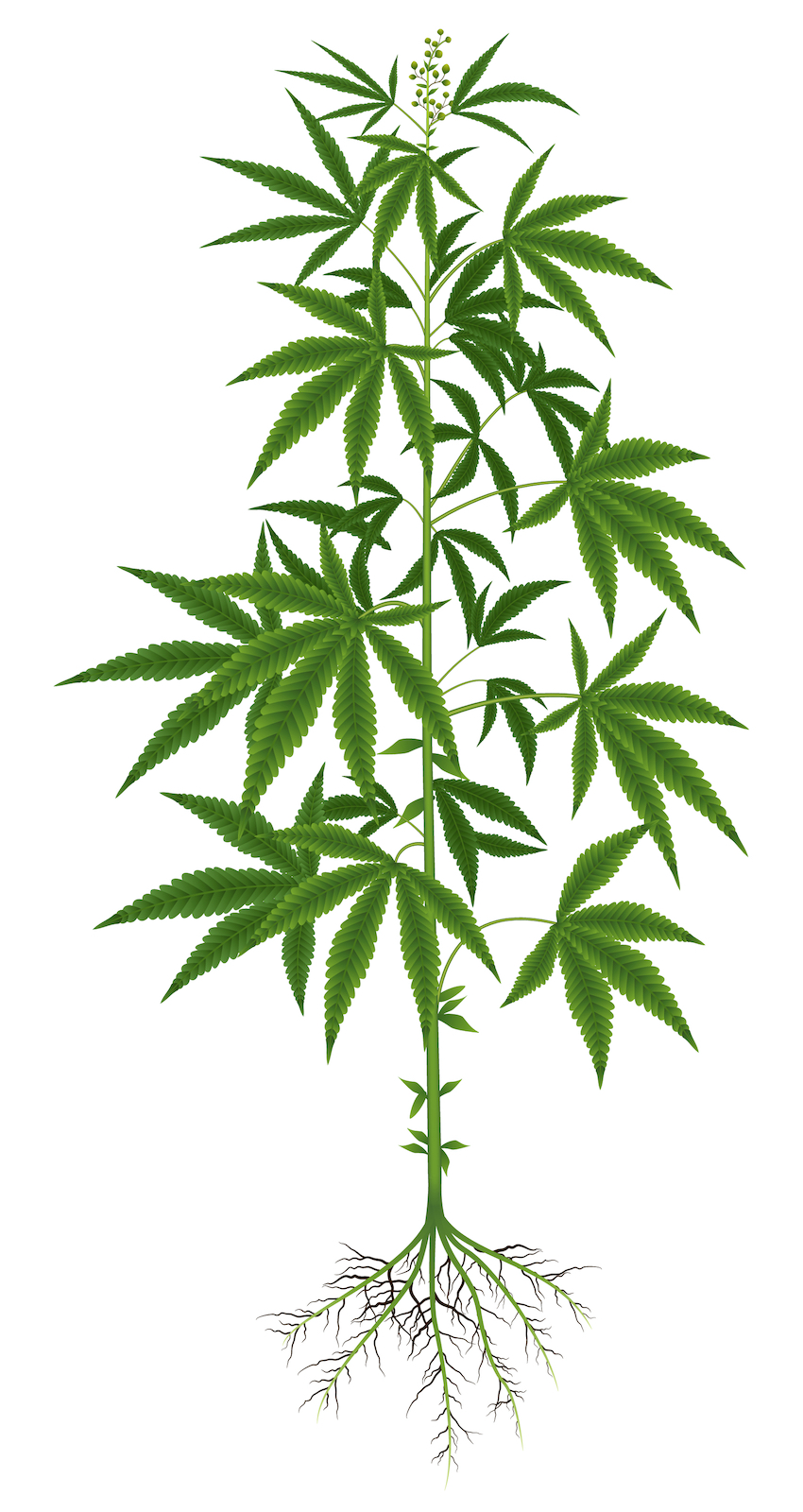HEMP FIBRES – DISTINCT ADVANTAGES OVER CONVENTIONAL BUILDING MATERIALS.
Industrial hemp has an excellent eco-balance.
Move your mouse over the headings for more information.

-
ZNegative CO2 balance
Hemp fibres absorb more CO2 than is emitted during production and processing.
-
ZHigh diffusion capacity
Hemp insulation regulates air humidity in rooms.
-
ZHeat and sound insulation
Hemp guarantees a high insulation performance for heat and sound insulation.
-
ZMinimal weight
Hemp insulation is particularly light.
-
ZImprovement of indoor climateThe air-regulating qualities of hemp fibres improve the indoor climate. Their excellent ability to absorb humidity improves the comfort level of the room.
-
ZEasy and pleasant processing
Hemp has a pleasant haptic, is skin-friendly, and does not cause itching during its processing.
-
ZDurableHemp fibres have an excellent mechanical robustness and longevity.
-
ZSuitable for people with allergies
Hemp insulation consists mainly of cellulose, hemicellulose, lignin and pectin compounds and is therefore suitable for people with allergies.
-
ZNatural vermin resistance
Hemp fibres are naturally resistant to many vermin and therefore do not need any chemical additives or toxins.
-
ZContribution to species conservation
Hemp is a fast-growing plant that grows up to 10 cm a day and does not need fertilisers or insecticides.
-
ZSoil amendment
Hemp is a pioneering plant for poor soils, where it acts as a soil enhancer. As hemp plants have deep roots, they can get enough water from deeper soil layers even in dry conditions. After harvesting, the roots remain in the soil and enrich it with humus. This removes carbon dioxide from the earth’s atmosphere and the soil is used as a carbon sink.
-
ZReusability
Industrial hemp is a true cradle-to-cradle product and can be easily composted after being used.
-
ZResource conservation and waste prevention
Industrial hemp makes a major contribution to climate protection and environmentally friendly construction.
